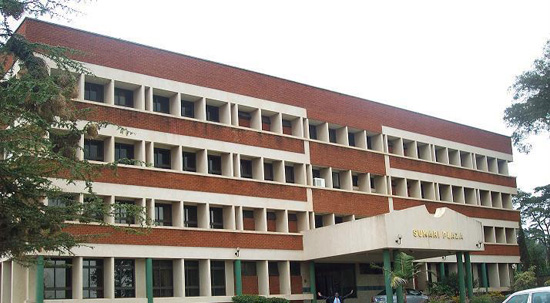The government has supported the Kenya Sugar Board by approving Bill 2022 to inject significant energy into the ailing sector. The Ministry of Agriculture and Food assumed this responsibility by enacting Section of the 2013 Agriculture Act. The payments made to farmers have led to increased production costs for farmers, poor economic management and poor management of imports and exports. The new Act
has paved the way for economic transformation by resolving issues such as increased sugar production costs, reduced sugar lands, no sugar market, poor imports and exports, and poor management of companies in the sector. The
Kenya Sugar Board will be tasked with managing, developing and promoting the sugar industry, collaborating with stakeholders, participating in policy development and collaborating with government and research institutions. The law includes provisions regarding the licensing and registration of rags and rag processing plants, specifies rules regarding immigration, and establishes courts to deal with issues of farmers, plant operators, or other interested parties.
The committee will also monitor the business, train growers, control prices, license producers and conduct business inspections. It will also appoint appropriate product inspectors to enforce regulations in the sector.
- Advertisement -
The funding for the Commission will come from National Assembly appropriations and development levies, which will be capped at 4% of the domestic price and foreign sugar price. 15% of the allocation will go to planting, 15% to research, 40% to sugar products, 15% to regional agriculture, 10% to management and 5% to farmers’ organizations.
The establishment of the Kenya Sugar Research and Training Institute will promote research, innovation and access to sugar technology and will be governed by a nine-member board of the Auditor.
The Ministry of Agriculture estimates that the sugar industry supports the livelihoods of at least 17% of the Kenyan population. It is the main employer and source of income for many families in Kenya’s 15 counties along Nyanza, Rift Valley, Western and Coast. The sector can produce more than 1.3 million tonnes of total capacity to meet domestic demand. However, commercial use only accounts for 70% of the installed base.










